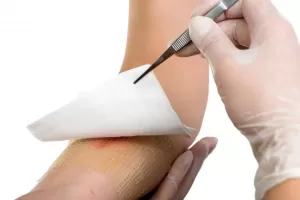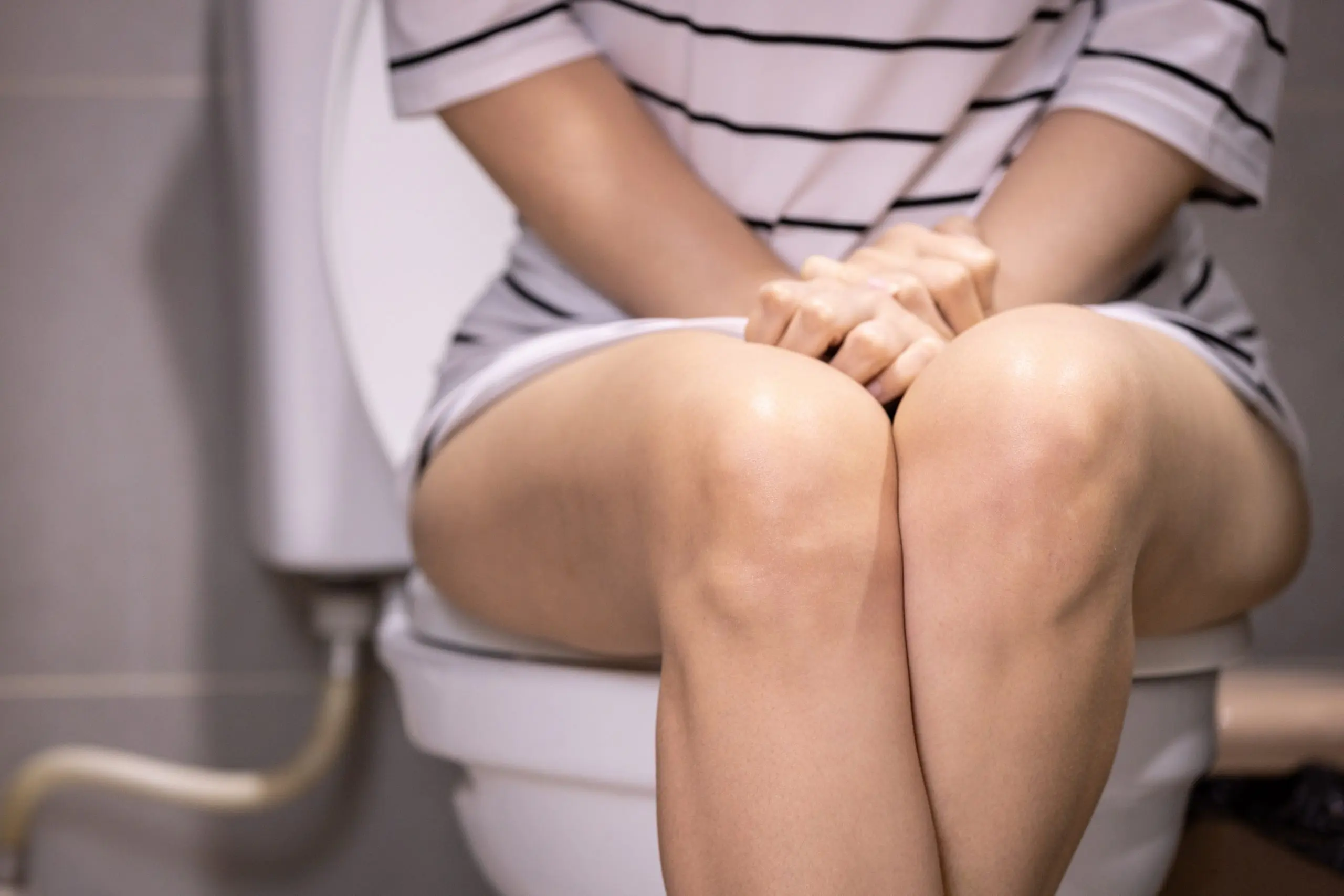What is a Buruli Ulcer? Symptoms, causes & treatment
What is a Buruli Ulcer?
- A Buruli Ulcer is a bacterial infection of the skin caused by the bacterium Mycobacterium Ulcerans, which belongs to the same family of bacteria as tuberculosis and leprosy.
- It’s sometimes also referred to as a Bairnsdale Ulcer (after the place it was first diagnosed- Bairnsdale in East Gippsland, Australia) or Daintree Ulcer (as cases have also occurred in Queensland)
- The bacteria release toxins which can damage skin, fat and blood vessels, causing a painless ulcer to form.
How do you get a Buruli Ulcer?
- The bacteria that cause a Buruli Ulcer exist naturally in the environment- however it’s not known for sure how humans get infected
- Mycobacterium Ulcerans has been detected in soil, insects and in possum poo!
- In Australia, it’s thought that mosquitoes may spread the infection from possums to humans, but it’s not certain if this is the case.
- It does not seem to be passed from one infected person to another.
What are the symptoms of a Buruli ulcer?
- It usually starts as a red spot, like a mozzie bite, which may gradually get bigger over days and weeks. A crust or scab may form on the lesion, which then breaks down.
- Sometimes there may be a wider area of redness or swelling of the skin.
- A Buruli ulcer does not tend to be painful.
- There are usually no other symptoms of unwellness such as fever.
- Early diagnosis is important- as the ulcer enlarges it may be more difficult to treat, and may require surgical removal.
Where have there been cases of Buruli Ulcer?
- There have been reports of Buruli Ulcers in 33 different countries around the world, including parts of Africa, Australia, Asia and South America.
- In Australia, most cases have cropped up in Victoria- in 2017 there were 275 cases, up from 182 cases in 2016.
- The highest number of cases have been in Rye, Sorrento, Blairgowrie and Tootgarook on the Mornington Peninsula in Victoria. There is also a risk associated with areas in the Bellarine Peninsula, Frankston and Seaford areas, the South Eastern Bayside suburbs and East Gippsland.

How is a Buruli Ulcer diagnosed?
- A doctor may recognise it by its appearance, and the history of the lesion and having been in an area where Buruli Ulcers occur.
- A skin swab may also be obtained and sent to a lab for analysis
What else could it be?
- Lots of conditions can cause skin ulcers, such as spider bites, diabetic ulcers, vascular ulcers or other infections- but most of these are painful, whereas a Buruli Ulcer is painless
What is the treatment for a Buruli Ulcer?
- Treatment of a Buruli Ulcer usually involves an 8 week course of 2 oral antibiotics.
- If an ulcer is large or aggressive, sometimes it may need surgical removal- if it’s a large lesion, there may even be a need for a skin graft.
- The ulcer can come back after treatment, so it’s important to be vigilant and report any new skin changes.
For more information on Buruli Ulcers, refer to the World Health Organisation website or health.vic
Further Patient Resources:
Buruli Ulcer. betterhealth.vic.gov.au
Article Resources:
Increased Incidence of Buruli Ulcer in Victoria. health.vic.gov.au
Getting a Mental Health Care Plan in Australia: Your Guide
Getting a Mental Health Care Plan in Australia: Your Guide Mental health matters—and if you’re feeling overwhelmed, anxious, or down, a mental health care plan can help. But what is it, and how do [...]
UTI Symptoms and Treatment: What You Need to Know
UTI Symptoms and Treatment: What You Need to Know Urinary Tract Infections (UTIs) are common, uncomfortable, and often disruptive. But what exactly are the signs to watch for, and how can you get relief [...]
Free Mental Health Care Plan Online | Bulk-Billed by Qoctor
Free Mental Health Care Plan Online | Bulk-Billed by Qoctor Discover how to get a free, bulk-billed Mental Health Care Plan (MHCP) in Australia through Qoctor's telehealth service. Accessing [...]




